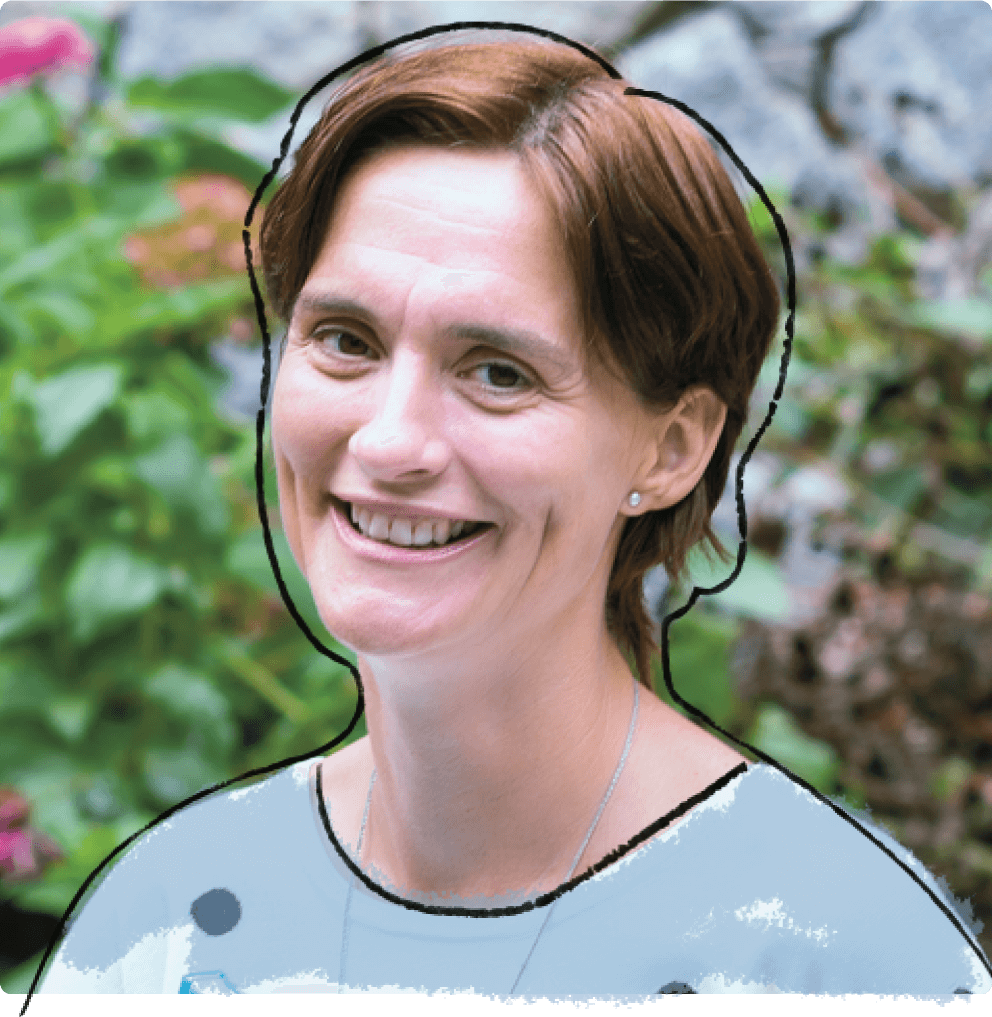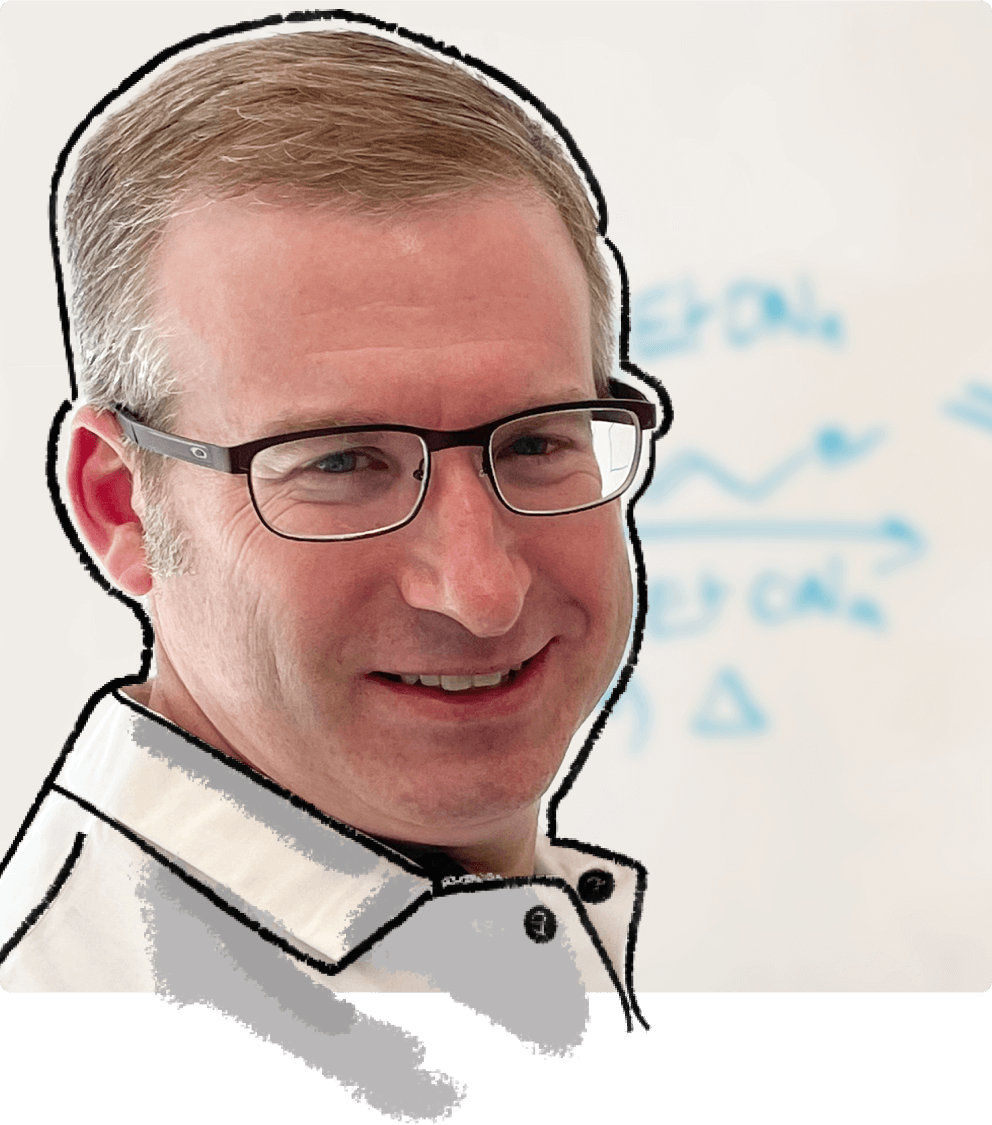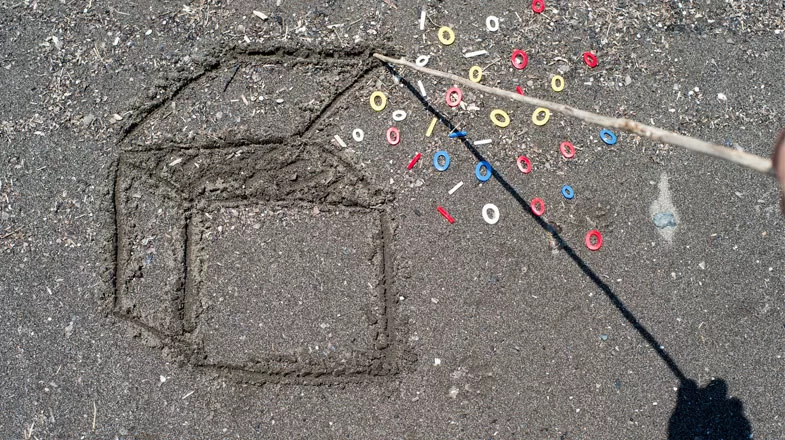- Science
- Clinical Trials
- Guide to Clinical Trials Your participation makes a difference
- Clinical Trials in Children Designed to improve kids' health
- Data and Results Sharing our Results
- Integrity and Transparency Building Trust
- Diversity Equity and Representation
- Plain Language Study Results Trial Result Summaries
- Expanded Access & Compassionate Use Possible Treatment Options
- Find a Trial
- Areas of Focus
- Rare Disease Smaller populations but big impact
- Internal Medicine Extending lifespans worldwide
- Inflammation & Immunology Treatment at the molecular level
- Vaccines Preventing the spread of infections
- Oncology The science of optimism
- Anti Infectives Combatting an evolving risk
- Areas of Innovation
- Gene Therapy Breakthroughs become treatments
- Medicinal Sciences The next generation of science
- Precision Medicine Developing tailored medicines
- Maternal Immunization Protecting newborns at the start
- mRNA Technology Unleashing the next wave of scientific innovations
- Diseases & Conditions
- Coronavirus Resources
- Product Pipeline
- Research Sites
- Clinical Trials
- Products
- How Drugs are Made
- Branded vs. Generic Learn the difference
- Biologics & Biosimilars Cures found in nature
- Commitment to Quality Maintaining the highest standards
- Global Supply Strategic manufacturing locations
- Manufacturing Sites Where medicine is made in the U.S.
- Medicine Safety
- Health Literacy Learning to be well
- Treatment Choices Learning about treatment decisions
- Partnering With Patients Helping others by reporting side effects
- Tips for Patients Preventing medication errors
- Reporting Adverse Events
- Counterfeiting Preventing medication errors
- Product Safety
- Product List
- Product Contacts
- PfizerPro for Professionals
- Patient Assistance Programs
- Distributors
- How Drugs are Made
- Stories
- Newsroom
- About
- People
- Executives Our senior-most leadership
- Board Members The people steering our company
- Scientists Our experts making discoveries
- Patient Stories Our patients
- Colleague Stories Our colleagues
- Responsibility
- Ethics & Compliance Each of us is responsible
- Responsible Business Breakthroughs that change patients’ lives
- Patient Advocacy & Engagement Putting Patients First
- Global Impact Meeting urgent needs worldwide
- Diversity, Equity, and Inclusion Everyone has something to offer
- Environmental Sustainability Our responsiblity to the environment
- Human Rights Furthering dignity and worth
- Health & Safety
- Intellectual Property The benefits of fair competition
- EHS Governance
- Misinformation
- Programs & Policies
- Grants Support for independent research
- Political Partnership Supporting like-minded organizations
- Working with Healthcare Professionals Collaboration to improve lives
- Prescription Value & Pricing How to lower patient costs
- Privacy Principles Commitment to personal data privacy
- Ready for Cures Improving Access to Medicines
- Transparency in Grants Committed to Disclosure
- Policy Positions
- Investors
- Investors Overview Information for stockholders
- Why Invest Why to join us in our mission
- Events & Presentations Calendar of upcoming events
- Financial Reports Quarterly reports and more
- Investor News Announcements about our performance
- Stock Information Charts and data
- Shareholder Services Information on stock transactions
- Corporate Governance
- Corporate Governance Overview Gaining insight into our performance
- Board Committees & Charters Defining the corporate structure
- The Pfizer Board Policies Ensuring ethical leadership
- Corporate Governance FAQs Learn more about our approach
- Contact Our Directors Email any of our Directors
- Purpose
- History
- Careers
- Partners
- People
The Art of Creating New Medicines
Behind the Science
The Art of Creating
New Medicines
Scientists are often lauded for their objectivity, persistence, and analytic thinking.
But great scientists have something else in common: they think like artists.
And for those who create life-changing medicines, their process is as much
an art form as a science.

Pfizer probably has the biggest database of molecular properties in the world on which to build models to help design medicines. But to bring all the knowledge together to create a medicine is an art, which relies on the expertise and courage of our scientists."
Senior Vice President,
Head of Medicine Design at Pfizer
Drug discovery is not for the faint of heart. On average, it takes nearly a decade to produce a new drug, and less than 10% of candidates make it to the finish line—patient access. But in this winding journey, scientists will tell you that tapping into creativity, intuition, and outside-the-box thinking is critical to their success. Machine-learning and other technologies are essential tools in drug development today, but human creativity is at the heart of advancing breakthroughs.
The artist’s toolkit
Caroline Blakemore is a medicinal chemist at Pfizer who helps design small-molecule medicines, which are made through chemical synthesis. It’s the most common class of drugs, including pills, topical creams, and intravenous (IV) injections. When designing new compounds, scientists also need to design new methods to bring these molecules together via chemical reactions. Just as an artist uses brushes, paints, and other materials to create their works, Blakemore says having a diverse “synthetic toolkit” of these methods, or reactions, is key to building new medicines.

We’re developing novel compounds that haven’t been prepared before. You can draw from previous understanding in the field, but ultimately you have to invent new ways to create them."
Principal Scientist
Blakemore recently tapped into her creativity when helping to design a new medicine to treat NASH (non-alcoholic steatohepatitis), the most severe form of fatty-liver disease. Her team had a promising potential compound, but they hit a roadblock: they needed to devise a new way to add a type of chemical unit known as a heterocycle into the structure.

After months of experiments, Blakemore’s team landed on a solution. “Our creativity ultimately demonstrated itself in not just designing the medicine itself, but also a new process or toolkit to develop it,” she says. “And that method not only made one compound of interest—we’re able to make many other related ones at large scale, and then we can test them all to see which one has the most potential to become a drug.”
The artist’s intuition
Drug design is often compared to creating a key to fit a lock. The key is the drug. And the lock is a protein—an enzyme, receptor, or other target related to a disease. Scientists seek to create the perfect “key” that when turned inside a “lock” will have a desired biological effect in the body. A drug to fight cancer, for example, can act upon a protein that drives cancer cell growth. “If we find a way to bind to that protein and stop it from functioning, we can stop tumors from growing or cause them to regress,” says Adam Gilbert, a Senior Director and Head of Design Synthesis at Pfizer.
But the challenge in drug design goes beyond finding the right “key.” There are many delivery challenges: how is the drug going to make its way into the patient’s body—via a pill, topical cream, or IV injection? Does the medicine go where it needs to? Is it safe? Does it stay in the body long enough or too long? Does it interact with other medicines? Can it be produced quickly and easily at large scale?
And merging all of these factors to make a drug is an art form. “Simply put, it’s really, really hard,” says Gilbert. But many of the best drug designers have a certain “chemical intuition,” he says. It’s a combination of experience, consumption of scientific literature, and a sense for what makes a “beautiful molecule,” a drug that is efficient, potent, and safe. What’s also critical? Having the best scientific minds working together.

At Pfizer we have a ‘treasure chest’ of expertise; scientists at the top of their fields, all working together to solve problems and create new medicines."
Head of Design and Synthesis Sciences, WRD&M
Building a ‘masterpiece’ at speed
In March 2020, as the COVID-19 pandemic swept the globe, Dafydd Owen, and with a team of drug discovery experts at Pfizer were given the challenge of a lifetime: design a pill that could kill the SARS-CoV-2 virus.
They had a good starting point. Early lab studies showed that an experimental compound originally developed in 2003 to fight the SARS epidemic in China could also potentially be used against SARS-CoV-2. But this prior formula was created as an IV therapy, which meant patients have to be in a hospital or clinic to receive it.
Pfizer scientists quickly rallied to redesign an oral pill that would be easier for patients to take at home—a potential gamechanger in the fight against the pandemic.

We knew we could only keep 25% of the original molecule, we had to invent something new to take to the clinic as soon as we could."
Director of Medicinal Chemistry
And here, Owen says, designing new medicines is like writing music. A composer has a limited number of notes on the octave to arrange into that next hit song. Similarly, scientists can only use a few elements from the periodic table to build drugs. “We arrange these eight elements into a new molecule every time. There’s always another great song to be written—and hopefully another great molecule,” he says.
The eight most common elements used in creating medicines: C, H, N, O, S, F, Cl and P
One critical part of their design process was being able to visualize their drug target (the lock)—the SARS-CoV-2 protease. With Pfizer’s state-of-the art technology, they produced an X-ray crystallography image of this enzyme that the virus uses to replicate. “This is where science meets art,” says Owen. “It becomes visual and what we’re seeing is atoms and molecules so small that you can’t even imagine them. It’s a key part of our ability to design better molecules. We can see our drug fitting into the space and inhibiting action.”
Scientists raced to develop an antiviral drug that could target the SARS-CoV-2 protease (shown here in an artistic rendering.)
And with all hands on deck working around the clock, the team was able to produce a safe and effective compound within four months— record breaking speed for a new medicine.

It’s such an iterative process, we have to make our molecule slightly better every day, because in the end you want that masterpiece. And I can tell you that any molecule that becomes a drug is a masterpiece.
Dafydd Owen
The COVID-19 antiviral is currently being tested in clinical trials to potentially be used as another tool in our fight against the pandemic.
In their pursuit of new cures to help patients, scientists, like artists, must not fear pushing into new frontiers. “There’s a huge weight of responsibility to discovering new medicines – the patients are waiting,” says Allerton. “We are constantly making decisions on what to do next without all the answers – there is rarely a clear path forward as you forge innovations – it takes diverse talented teams of resilient scientists.”


